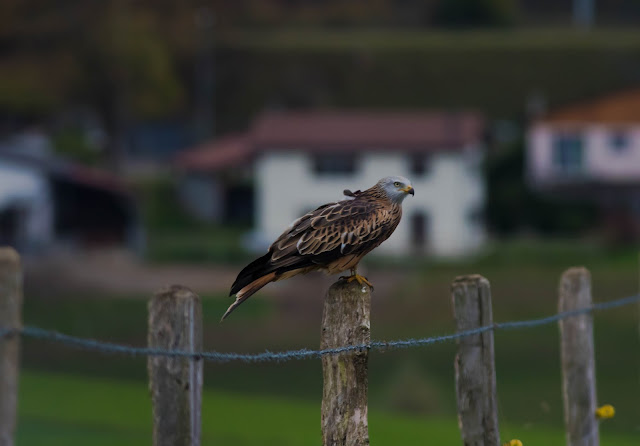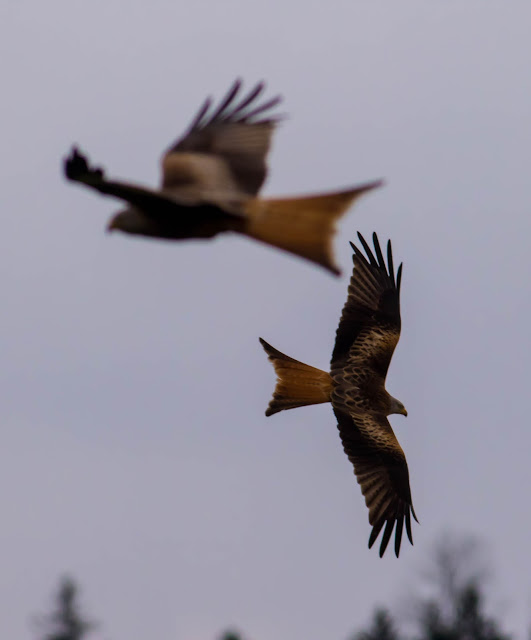Another youngster settled down, but still hangs out with friends during the nights..

Swik38 is a male bird, born in 2015 that seemed to have settled a territory rather far from his natal home range, about 50 kilometers North East. Today I went to look him up. I arrived around 15pm and immediately heard two birds calling, the tagged bird and another adult, both were sitting in a treetop. So it looks like Swik38 formed a pair already. Swik38 on the right and its pressumed female on the left, both calling in each others intervals. The bird on the left still had a very dark, contrasting bill which probably makes it a younger bird, Swik38 already got a bit a greyish, less contrasting bill. digiscoped with the phone, 30-10-2017. Swik38 showing some curiosity towards this guy with the camera, standing in the meadow.. 30-10-2017. The upper parts of the third calendar year bird, S1,2 and 3 on the left look old as well as S2 on the right wing. 30-10-2017. I observed the situating for about 2 hours, both birds flew around a bit and a third kite s

